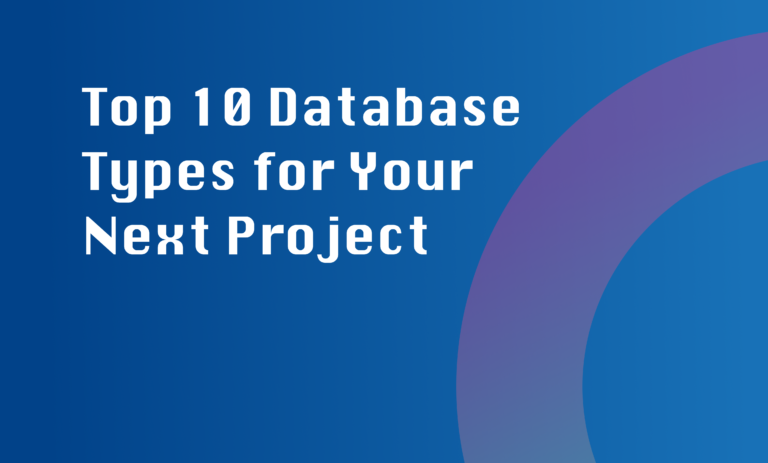What is sw development ?
Software development is the process of designing, coding, testing, and maintaining computer software. It involves using various programming languages, frameworks, and tools to create applications that meet specific business or user needs. Software development can be divided into various stages, including requirements gathering, design, development, testing, deployment, and maintenance. It requires a combination of technical skills, problem-solving abilities, and creativity. Software development plays a crucial role in enabling the digital transformation of businesses and is essential in creating innovative solutions for a wide range of industries.
